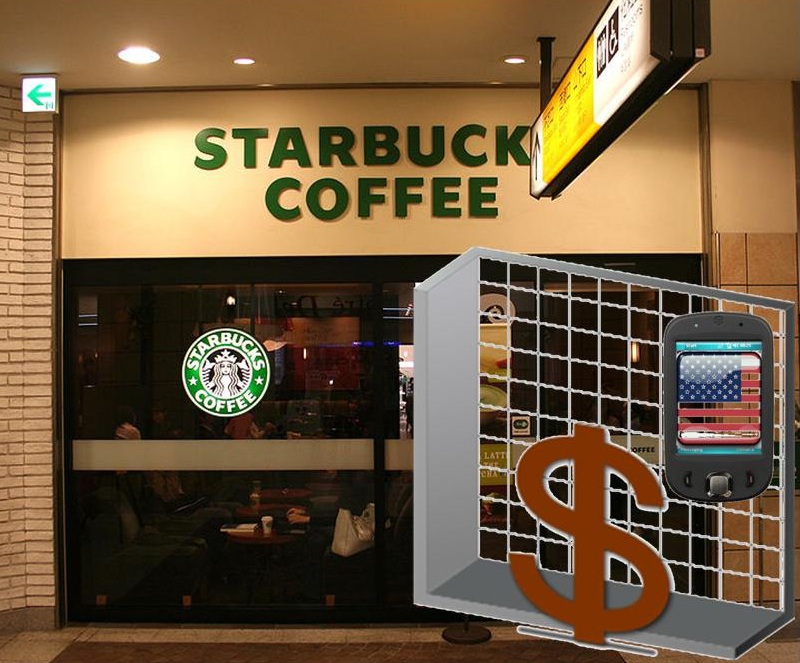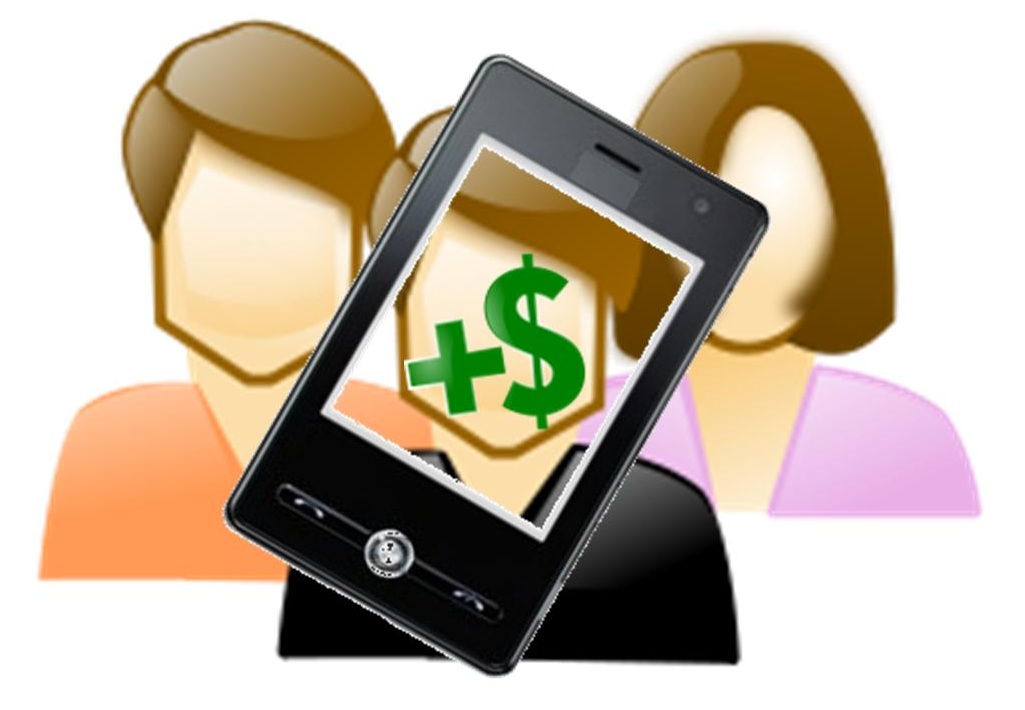One in ten purchases made in the coffee shops across the United States are made using smartphones.
According to the coffeehouse chain’s own statistics, which have just been released, mobile payments are now accounting for over ten percent of all transactions that are made within its American stores.
The purchases are being made over Android, iPhone, BlackBerry devices in the United States.
The Starbucks Card Mobile App allows customers in the coffee stores to be able to pay for their coffees and treats through the use of their smartphones with mobile payments based on barcode scans at the checkout. The chief financial officer at Starbucks, who is also the chief accounting officer, Troy Alstead, explained that this method of paying for products is “a very sticky transaction by virtue of the fact that people have preloaded their money that we hold for them in anticipation of that coming transaction.”
Alstead explained that mobile payments also provide the opportunity to gain an understanding of their customers.
 He explained that by using mobile payments, it gives Starbucks “an ability for us to harvest that information and really determine the most effective ways over time to understand our customer to target products toward them and the appropriate ways to reach them with our messages.” He also noted that in total, the transactions made using the Starbucks Card – using both the mobile app and the actual plastic card – make up nearly a third of all of the purchases made in the United States.
He explained that by using mobile payments, it gives Starbucks “an ability for us to harvest that information and really determine the most effective ways over time to understand our customer to target products toward them and the appropriate ways to reach them with our messages.” He also noted that in total, the transactions made using the Starbucks Card – using both the mobile app and the actual plastic card – make up nearly a third of all of the purchases made in the United States.
Recently, the company said that the card is now making up approximately 4 million mobile payments transactions every week. This is twice the 2 million transactions that were occurring by the end of 2012 every week. Furthermore, the purchases made over the Starbucks Card Mobile App are now making up a much larger proportion of North American digital wallet transactions than their primary rivals, such as the high profile Isis and Google Wallet. This, according to data issued by Berg Insight earlier in June.
CEO of Starbucks, Howard Schultz, has stated that the company will be boosting its m-commerce services throughout the year and that mobile payments are only expected to grow.
 Recent research is showing that if this technology is going to take off, customers need a reason to use it.
Recent research is showing that if this technology is going to take off, customers need a reason to use it.
Although there is definite growth occurring in the world of mobile payments, there is still a massive amount of potential that is being left unused and a recent study is suggesting that part of the solution to this issue is in offering incentives to consumers.
Regardless of whether wallets, NFC technology, QR codes or other methods are used, consumers need a reason.
The struggle is primarily based on the fact that consumers are currently quite happy with the method and convenience of their cash, credit and debit cards. Therefore, there is not a significant amount of motivation for them to learn how to use mobile payments through their smartphones when they already feel that they have everything that they need.
At the moment, mobile payments have yet to answer the consumer’s question “what’s in it for me?”
The research in a survey of 4,000 people in the United States and Canada has indicated that consumers aren’t necessarily waiting for mobile payments to become more broadly available. Instead, they want to know why using the technology would be of any value to them in the first place. They are concerned about issues such as security, privacy, and convenience – areas where they already feel relatively comfortable when completing transactions at the register.
The survey was conducted by Accenture in order to gain a better understanding of what would motivate Canadian and American consumers to start to use mobile payments as a larger part of their daily lives. What they determined was that making the infrastructure available wasn’t nearly enough. Consumers need to be shown how they can benefit by using their smartphones instead of cash, credit, and debit.
These mobile commerce incentives can be as straightforward ad discounts, rewards, or other value added strategies. The survey has indicated that these incentives will be enough motivation to turn many consumers toward using their smartphones instead of their traditional transaction methods.
Mobile payments services and retailers that understand this fact may be able to implement campaigns and strategies that will appeal to the consumer’s preferences and provide them with benefits that will encourage them to try the technology for the first time, and then become comfortable with using it more regularly, said the study.
 He explained that by using mobile payments, it gives Starbucks “an ability for us to harvest that information and really determine the most effective ways over time to understand our customer to target products toward them and the appropriate ways to reach them with our messages.” He also noted that in total, the transactions made using the Starbucks Card – using both the mobile app and the actual plastic card – make up nearly a third of all of the purchases made in the United States.
He explained that by using mobile payments, it gives Starbucks “an ability for us to harvest that information and really determine the most effective ways over time to understand our customer to target products toward them and the appropriate ways to reach them with our messages.” He also noted that in total, the transactions made using the Starbucks Card – using both the mobile app and the actual plastic card – make up nearly a third of all of the purchases made in the United States.
 Recent research is showing that if this technology is going to take off, customers need a reason to use it.
Recent research is showing that if this technology is going to take off, customers need a reason to use it.